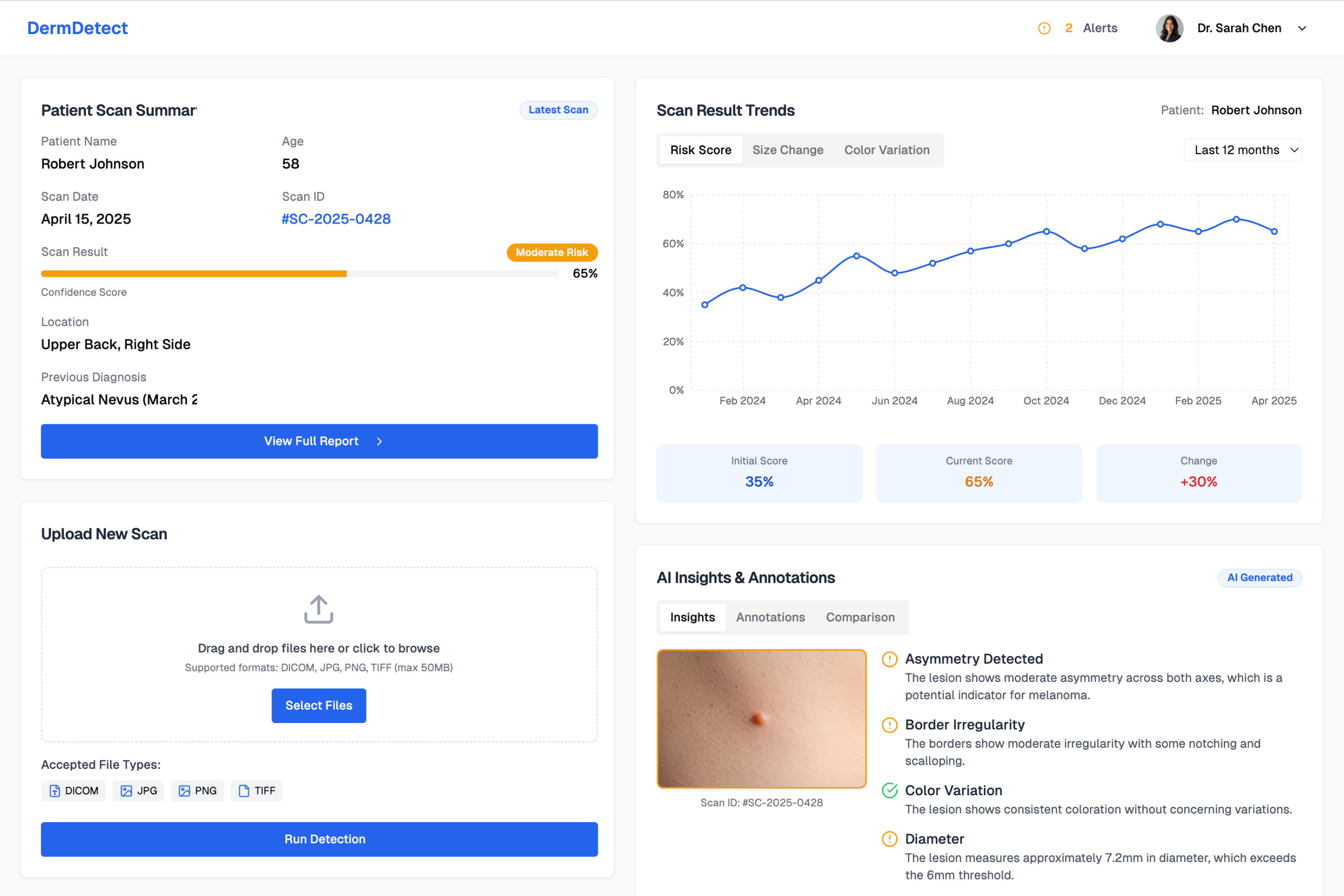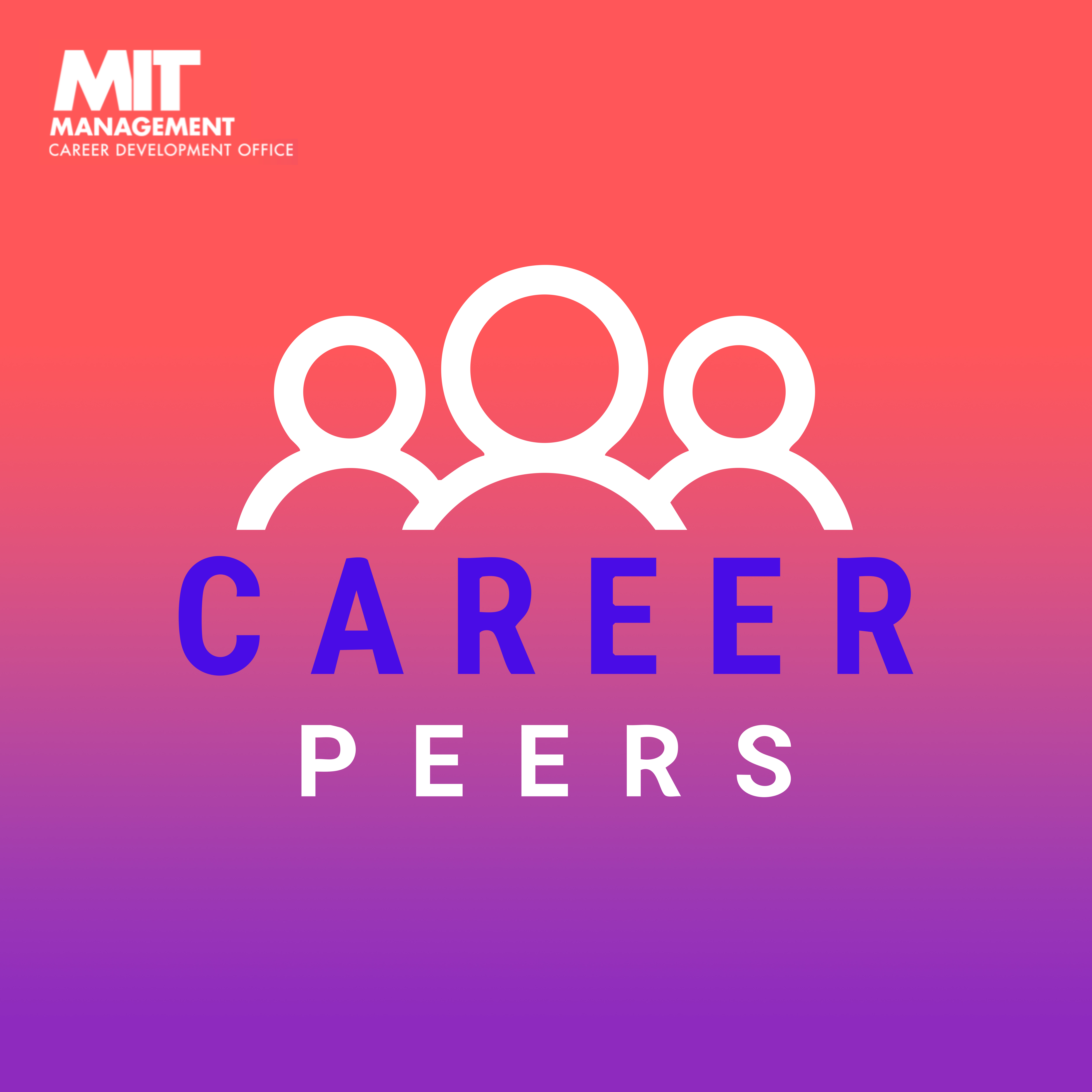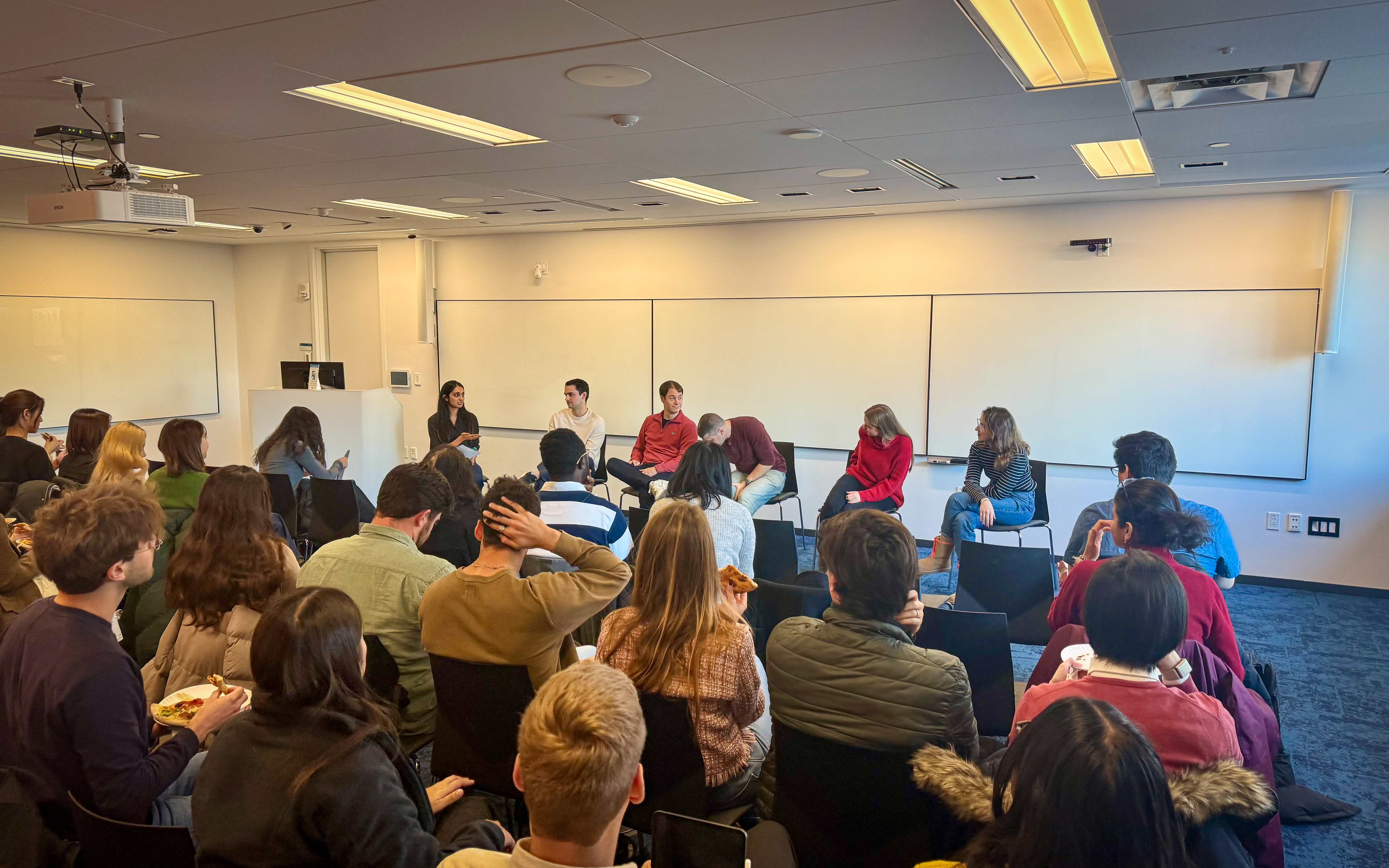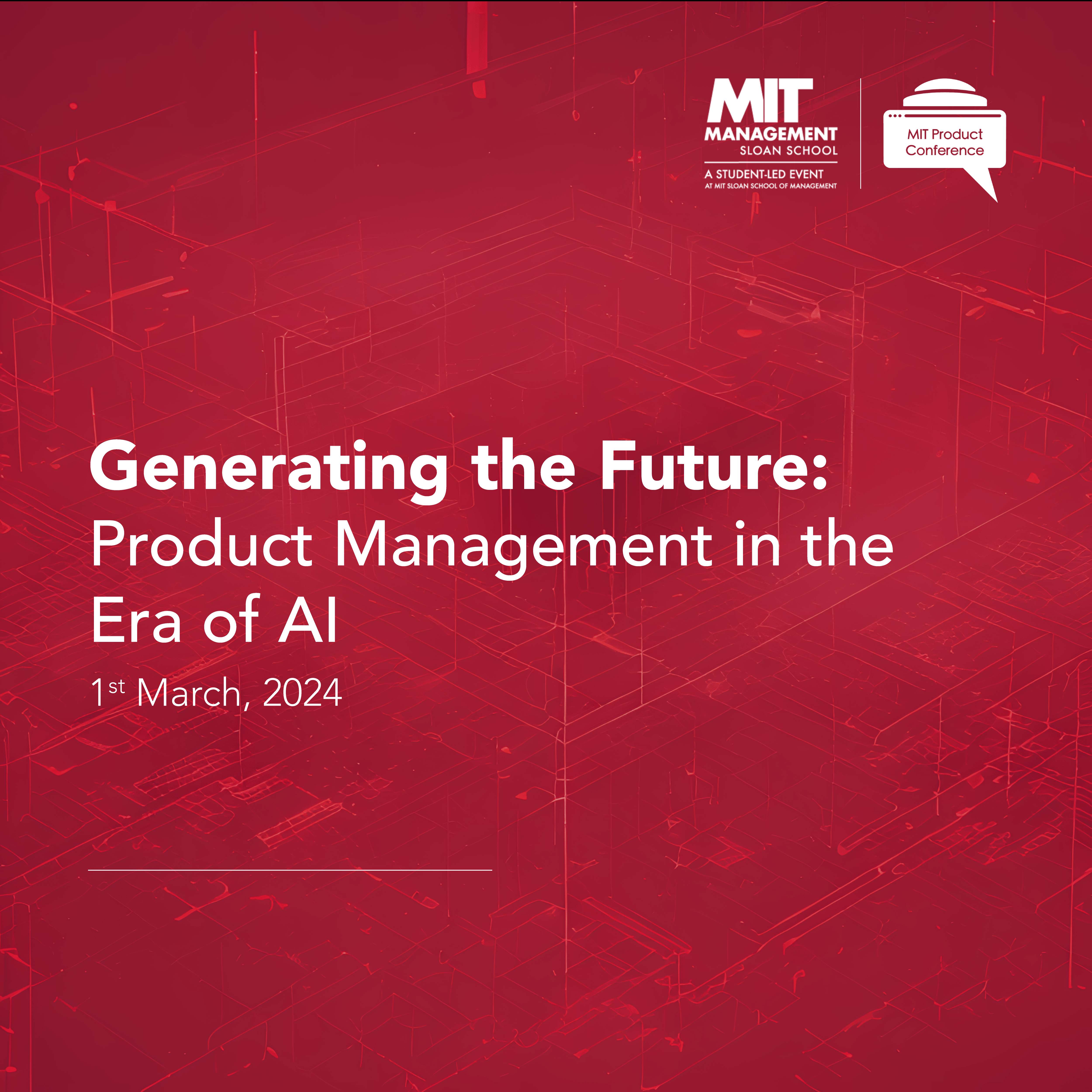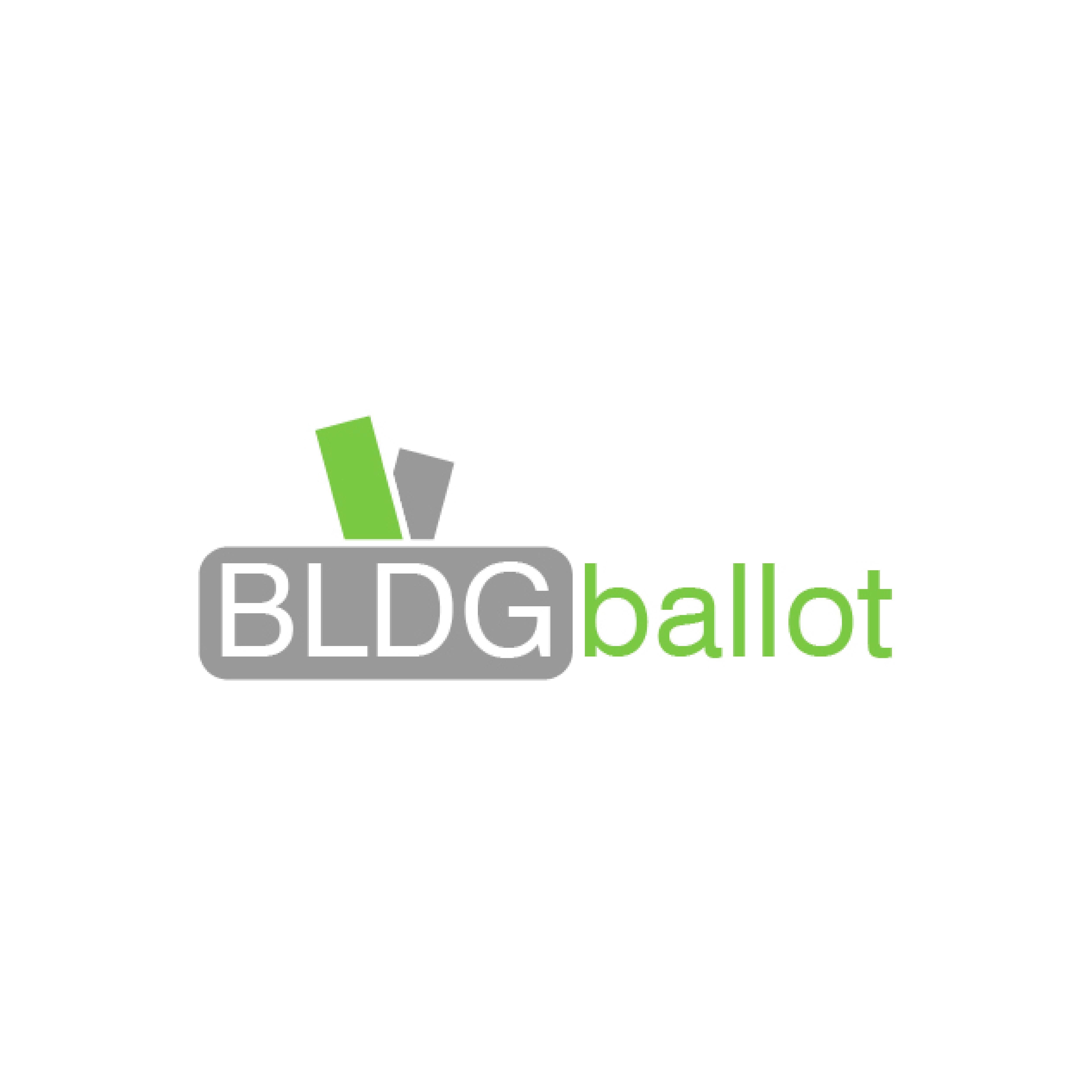Building
products at the edge
of design, AI &
impact
About me
I'm Riya, a graduate student at MIT Sloan and a product builder with a mission to build tools that empower people.
At MIT, I've worked on product across startups and research labs—building generative AI tools for designers, defining features for a healthtech platform, and building MVPs grounded in user research and strategic insights. My work lives at the intersection of AI and human experience—where creativity, logic, and empathy converge.
Before Sloan, I designed skyscrapers and city masterplans across the U.S., Asia, Europe, and the Middle East. As an architect, I led multidisciplinary teams and turned complex visions into systems that served real human needs. That's where I learned to build—thoughtfully, collaboratively, and at scale.
Now, I'm focused on building intelligent, intuitive products that create meaningful impact.
What I have been building
Blueprint ML
AI CAD-companion for architects
Defined product vision and go-to-market strategy for a generative AI plugin in Rhino 3D, designed to reduce manual design iteration time for architecture teams. Led discovery interviews to validate unmet needs and identify a market gap, shaping feature prioritization for MVP. Operationalized insights into product roadmap and user acquisition funnel, resulting in a 300+ user waitlist and 4 letters of intent from mid-market design studios. Secured non-dilutive funding from MIT Sandbox and was recognized as a finalist in the MIT Arts Startup Incubator.
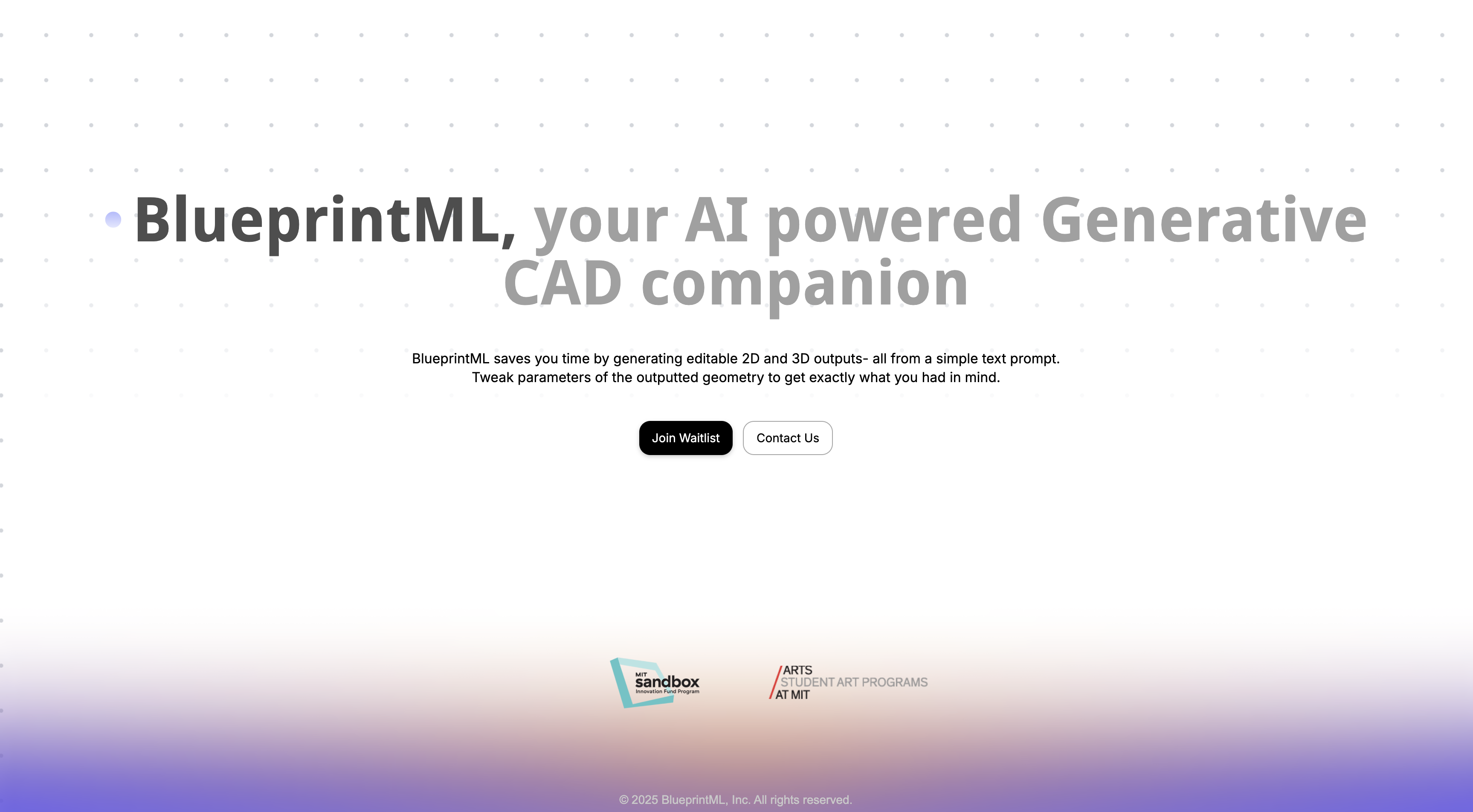
National Academy of Medicine - MIT Generative AI Lab
LLM-Driven AI Agent for Analyzing the Impact of Health Publications
Collaborated with the communications team to solve a visibility challenge around the downstream influence of NAM's public health reports. Defined product vision and led a team of 2 engineers to build an LLM-powered agent using Python, Gemini, and Airtable. Designed workflows for web scraping, NLP, and sentiment analysis across 50+ media, academic, and policy domains. Delivered a scalable MVP and executive-facing insight dashboards that surfaced KPIs such as total mentions, sentiment trends, and domain-specific reach—enabling data-driven decisions around outreach, stakeholder engagement, and funding communications.
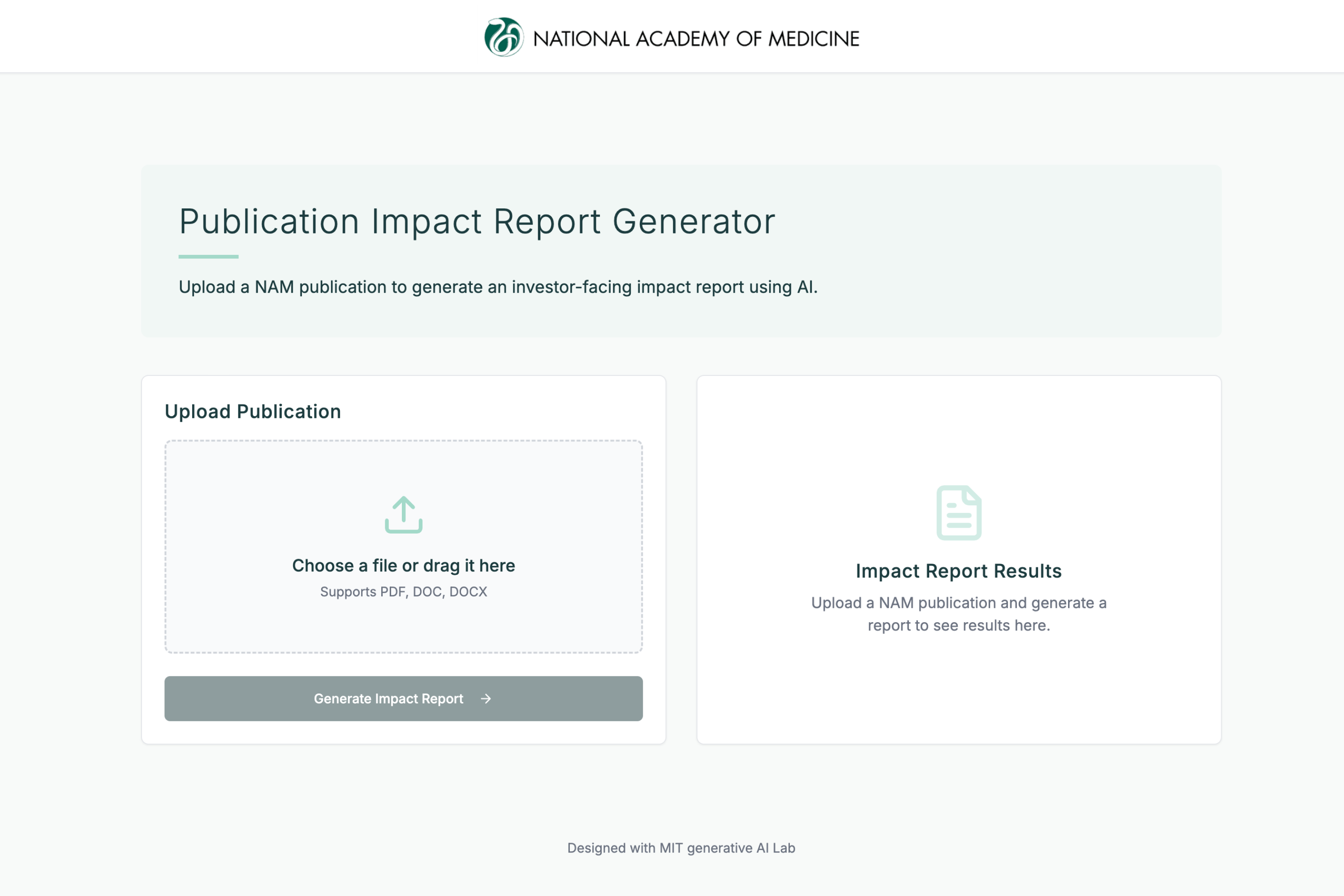
IntelyCare - MIT Product Management Lab
Enterprise platform for healthcare staffing
Improved user onboarding and engagement by redesigning the nurse profile flow and proposing 3 targeted UI enhancements. Conducted stakeholder interviews and competitive analysis across 5 peer platforms to identify friction points and differentiation opportunities. Collaborated with product, design, and engineering teams to translate insights into JIRA tickets and deliver updates. Enhancements were incorporated into the product roadmap and laid the groundwork for future A/B testing to optimize conversion.

Subled.u
Subleasing app for student internships
Led end-to-end product development for a student housing platform addressing seasonal sublet inefficiencies during internships. Conducted market research and user interviews across 3 university campuses to uncover unmet needs and assess competitive gaps. Translated findings into detailed user stories and prioritized feature sets aligned with trust, ease of use, and transaction flow. Designed wireframes and launched an intuitive MVP UI. Developed GTM strategy including ambassador-led acquisition to drive initial adoption.
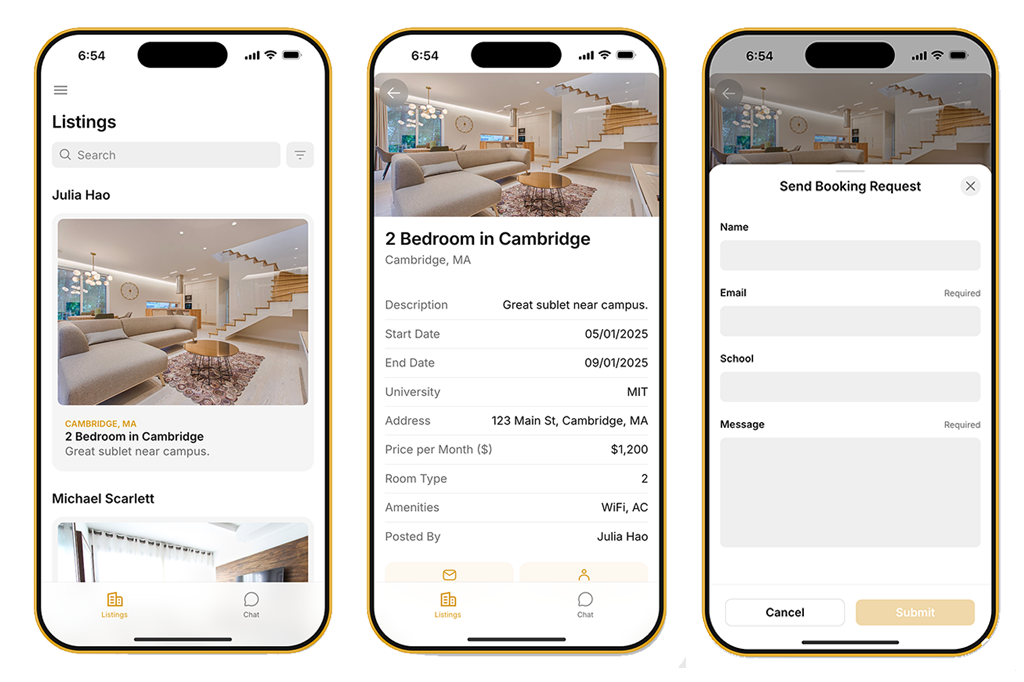
DermDetect
AI-Powered Skin Cancer Detection
Scoped and built a Vision Transformer (ViT) model to assist early-stage skin cancer detection through computer vision. Applied transfer learning to the HAM10000 dataset and fine-tuned model performance across 7 lesion types, achieving 79% test accuracy. Prioritized real-world deployment by optimizing for interpretability, aligning outputs with clinical workflows, and identifying opportunities for integration into diagnostic support tools.
